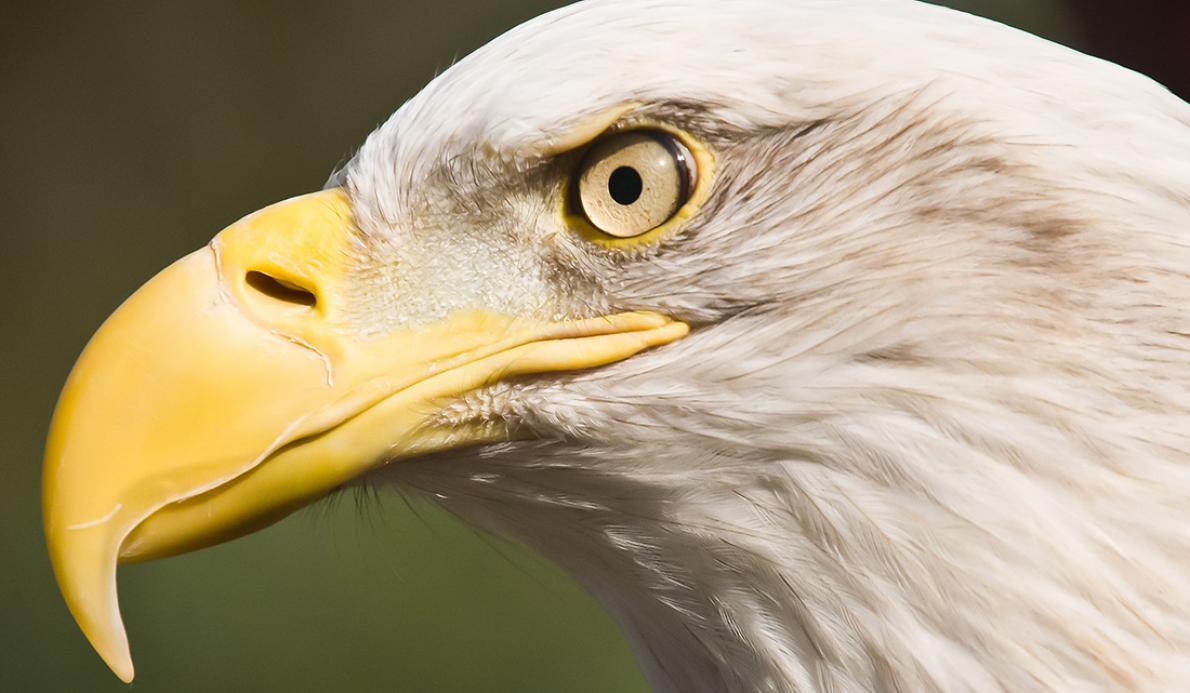
We know they evolved from dinosaurs about 150 million years ago, but it remains to be discovered precisely how the DNA of ground-running dinosaurs changed–a transformation that turned arms into wings, produced aerodynamic feathers, and created a beak. It’s possible that some clues to those genetic changes can be found in living birds themselves. By blocking some of the recently evolved steps in the development of bird embryos, we might be able to get birds to grow some dinosaur anatomy.
Continue reading “Can Scientists Turn Birds Back Into Dinosaur Ancestors?”